December 2009 Archives
Charles Williams (1797-1830), The Brazen Image Erected on a Pedestal Wrought by Himself, 1802. Hand-colored etching. Published by S W Fores, London. Graphic Arts (GAX) Rowlandson Collection. Gift of Dickson Q. Brown, Class of 1895.
This caricature shows a statue of William Pitt, the Younger (1759-1806), a British politician who, at the age of twenty-four, became the youngest Prime Minister of England. The yellow Pitt stands on a pedestal whose base reads: Increase of National debt 250-000-000. The stone under the statue says: Sic itur ad astra (thus you shall go to the stars), Income Tax. Smaller blocks are inscribed: Horse Duty, Tax on Beer, Tax on Malt, Additional House Tax, Additional Window Tax, Hat Duty, and so on. Pitt holds papers in his right hand marked ‘Budget” and at his left is a rudder decorated with a dolphin.
To the left of the statue stands Charles James Fox (1749-1806), a prominent British Whig statesman and the arch-rival of Pitt. With him is the playwright Richard Brinsley Sheridan (1751-1816) who was also a Member of Parliament aligned with the British Whig Party. Fox says: “That Brass countenance of his never shone with more conspicuous confidence, one would think he was in the very [?] of proposing a new Tax.” Sheridan says: “There’s a Monument of Integrity, his Works not only follow, but support him, Nebuchadnazzars Brazen Image was nothing to it, Nor his people half so Idolatrous.”
The opposite pair is John Bull (the personification of England) and his wife Hibernia. He says: “Odzooks there’s the dear Image - , the promoter of our Union, and I suppose that there Writing there, is the account of all his wonderfull Works”. She says: “Why Mr Bull I thought he was the greatest Man we ever had, but its all Bodder, why by St Patrick, Mr OBrien (the Irish Giant) [i.e. Patrick Cotter] would make Six of him.”
The American Magazine (Boston: Rogers and Fowle, 1743-46). 3 v., [Vol. 1] (Sept. 1743)-v. 3 (Dec. 1746). Graphic Arts Collection (GAX) Hamilton 22. Note the palm tree on the left.
The American Magazine (later called The American Magazine and Historical Chronicle) was launched in September 1743. It was the third magazine in the American colonies and the first published in Boston. This issue from July 1745 is headed with a view of Boston, printed from a metal relief plate engraved by James Turner (1722-1759). It is one of only twenty-five examples of work we can clearly attribute to the Boston silversmith and engraver.
One of the publishing agents for The American Magazine was Benjamin Franklin, and through his recommendations, Turner received a number of commissions. In 1754, Turner moved his shop to Philadelphia, where he continued to engrave maps, bookplates, and for Franklin, the brass stamp of the Penn arms to be used as the masthead for Franklin’s Pennsylvania Gazette. Martha Fales also suggests “the Franklin engaged Turner to cut the first American political cartoon—the segmented snake, with each section labeled to represent the various colonies, and below the sections the motto “Join or Die.” For more, see Martha G. Fales, “James Turner, Silversmith-Engraver,” Prints of New England (Wercester: American Antiquarian Society, 1991): 1-20.
While The American Magazine included advertisements in the back, it was not until Turner went to work for Franklin that they started using images within the advertsiements to draw attention to them.
A 1787 fencing match between a man and a woman in the elegant rooms of Carlton House, London, before the Prince of Wales might seem like an unusual scene in itself but this is only the beginning of the intrigue.
The Prince had arranged this fencing demonstration between Mademoiselle d’Eon, seen on the right, and Monsieur de Saint George, on the left. It hardly mattered who won (and records vary as to the facts) since it was to spectacle of the two individuals that brought the audience to the match that day.
The figure on the right is Charles Geneviève Louis Auguste André Timothée d’Éon de Beaumont (1728-1810), commonly known as the Chevalier d’Eon, who lived the first half of his life as a man and the second half as a woman. He served as a spy to Louis XV, travelled extensively, and seemed to encourage the speculation that he was a woman in men’s clothing. By 1770, while living in London, d’Eon negotiated his return to France by happily agreeing to dress only as a woman.
The fencer on the left is Joseph de Bologne de Saint-Georges or the Chevalier de Saint-Georges (1745-1799), who was the son of a wealthy plantation owner in the French West Indies colony of Guadeloupe and one of his African slaves named Anne. Joseph was raised as a French African and lived under the barriers of people of color at that time in France. He studied and became a champion fencer as well as a composer and conductor. He was also one of the first Black Masons in France and founded the Société des amis des noirs (Society of the Friends of Black People).
By 1787, d’Eon had returned to London and made a meager living giving fencing demonstrations, such as this one with the visiting Saint-Georges, who was nicknamed “The God of Arms.” D’Eon was fifty-nine and Saint-Georges was forty-eight.
The French artist Charles Jean Robineau captured the match in an oil painting, which is today owned by Her Majesty Queen Elizabeth II and held in the Royal Collection, RCIN 400636. http://www.royalcollection.org.uk/egallery/object.asp?maker=12234&object=400636&row=3
The French printmaker Picot reproduced and published Robineau’s painting as an engraving. A superb copy of this print was given to Princeton University by Dickson Q. Brown, Class of 1895, who was a collector of British caricature and believed it had been made by James Gillray.
For more information, see Gary Kates, Monsieur D’Eon is a Woman: a Tale of Political Intrigue and Sexual Masquerade (New York: Basic Books, 1995). Firestone Library (F):, DC135.E6 K37 1995
Pierre Bardin, Joseph, sieur de Saint-George: le chevalier noir ([Paris]: Guénégaud, [2006]) Firestone Library (F), DC137.5.S35 B37 2006.
Also of interest is d’Eon’s autobiography, written under the pseudonym M. de La Fortelle (1735?-1799), La vie militaire, politique et privee de demoiselle Charles-Genevieve-Louise-Auguste-Andree-Timothee Eon ou d’Eon de Beaumond … (Paris, 1779). Rare Books (Ex), 1509.171.327.55
One of the last copper plate etchings George Cruikshank completed was this taxonomy of British society in the form of a beehive. Originally drawn in 1840, Cruikshank did not etch the design until February 1867, self-publishing the print in March of the same year. Graphic arts holds not only the original copper plate but also one of Cruikshank’s first pencil sketches for the print.
According to George Reid, the print “represents English society as it exists, and the folly of interfering with such a noble structure by means of Parliamentary Reform. The section displays fifty-four ‘cells,’ with each class and trade represented, from the royal family to the omnibus conductor, and having for a foundation the army, the navy, and the volunteers; surmounted by the crown, with the royal standard on one side, and the union jack on the other.” If you look closely, you will find book sellers in the middle left section.
Cohn notes that the print was sold by William Tweedie for one pound, uncolored. It was subsequently issued printed on a double sheet of letterpress, entitled A Penny Political Picture for the People.
George Cruikshank (1792-1878), The British Bee Hive [Preliminary sketch], 1840. Cohn 957. Pencil on paper. Graphic Arts, Cruikshank collection.
George Cruikshank (1792-1878), The British Bee Hive [copper plate], 1867. Cohn 957. Signed and dated in plate, l.r.: ‘Designed in the // year 1840 by // George Cruikshank // and altered & etched by him // in Febr. 1867 - & pubd. In March/67.’ Graphic Arts GA 2009.01179
A. D. Faber, Cigar Label Art (Watkins Glen, N.Y.: Century House, 1949). Limited edition of 500 copies. Graphic Arts GAX in process.
This unusual reference book, compiled by the collector A.D. Faber, was issued in a facsimile cigar box. In his introduction, Faber writes “My collection of cigarania and cigar label art started rather casually. It seemed at first that I was the only person interested in preserving such reminders of a bygone age. Lately, however, I have been urged to tell others something of what I have discovered. The result is given herein.”
“The thing that distinguishes Cigar Label Art (and also accounts for its higher price) is the inclusion of a number of original cigar box labels and edgings as tip-in’s. These examples of early lithographic art are already collector’s items, far more interesting and valuable than are the old trade cards now collected so avidly by many. Naturally in a book of this size, there are limitations on the number of items that can be shown. But I have kept my story down as much as possible, letting the old labels and top-brand dies speak mainly for themselves.”
A. D. Faber. Ithaca, N.Y., Sept. 15, 1949.
Magic, 1400s-1950s (Köln: Taschen, 2009). Edited by Noel Daniel, introduction by Ricky Jay, essays and captions by Mike Caveney and Jim Steinmeyer. Written in English with parallel text in German and French.
Graphic Arts recently acquired this 650 page folio covering approximately 500 years of magic history and graphic ephemera. The book features reproductions of more than 1,000 posters, photographs, handbills, and engravings as well as paintings by Hieronymus Bosch and Caravaggio.
Here are biographies of the contributors as provided by the publisher:
Mike Caveney is a writer, collector, professional magician, and the publisher of over 50 books on the theory, practice, and history of magic. His biographical works include Kellar’s Wonders (2003) with Bill Miesel, and Carter the Great (1995). An avid collector and performer for over four decades, he has appeared onstage or on TV in more than 20 countries. http://www.mcmagicwords.com/
Jim Steinmeyer is the author of many books on magic history and practice, including Los Angeles Times bestseller Hiding the Elephant (2004) and The Glorious Deception (2006). He has created deceptions featured by magicians such as Doug Henning, David Copperfield, and Siegfried and Roy, and critically acclaimed illusions for Broadway hits Mary Poppins, Beauty and the Beast, and Into the Woods. http://www.jimsteinmeyer.com/
Ricky Jay is one of the world’s great sleight of hand artists, and a distinguished actor, historian, and best-selling author. His Learned Pigs & Fireproof Women and Jay’s Journal of Anomalies were both New York Times “Notable Books of the Year,” and he defined the terms of his art for The Cambridge Guide to American Theatre and Encyclopedia Britannica. http://www.rickyjay.com/
About the editor: Taschen editor Noel Daniel graduated from Princeton University, and studied in Berlin on a Fulbright Scholarship. She received a master’s in London and was the director of a photography art gallery before becoming a book editor. Her Tachen books include Magic 1400s-1950s (2009) and The Circus 1870-1950 (2008).
St. Michael’s Temperance Diploma (New York: printed by Major & Knapp, 186?). Chromolithograph. Graphic Arts GC179 broadside collection.
“I promise with the Divine Assistance, to Abstain from All Intoxicating Liquors, except in case of Sickness, and to Prevent by Advice and Example, Intemperance in Others.”
The Swedish runic calendar or almanac is a medieval invention, based on the nineteen year long metonic cycle of the moon. The runic calendars had a revival in the eighteenth century, as seen here in our newly acquired 1784 almanac. Its foldout shows a Runic calendar translated to a modern alphabet. Special days like solstices, equinoxes, and celebrations were marked with additional lines of symbols.
According to Arild Hauge, “The runes could be written from left to right or right to left. They also could be written with the first sentence proceeding right to left and the second sentence proceeding left to right … The runes could be written in all kinds of directions and upon almost any kind of common material—as beautiful decorations or as a hidden, magic formula …”
Because this system needed nineteen runes to represent the nineteen golden numbers that stood for the nineteen years of the perpetual calendar’s cycle, three additional characters were added to the traditional runic alphabet of sixteen characters. A sixteen character set can be found here: http://www.arild-hauge.com/esruner.htm.
An earlier runic wood staff can be seen at http://rmc.library.cornell.edu/Paper-exhibit/runic.html.
Just for fun, writing your name in runes: http://www.pbs.org/wgbh/nova/vikings/runes.html.
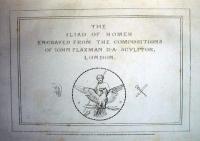
Halfway through his seven year stay in Rome (1787 to 1794), the British sculptor and designer John Flaxman received a commission from Thomas Hope (1769-1821) for a set of drawings for Dante’s Divine Comedy. By the time these 109 drawings were finished, Flaxman had other commissions from Mr. Udney and Mrs. Hare-Naylor for drawings after the Iliad and the Odyssey and from Countess Dowager Spencer for Aeschylus drawings. Flaxman worked furiously, sculpting during the day and drawing all night, to finish this work.
The Iliad and the Odyssey drawings were engraved by Tommaso Piroli (ca. 1752-1824) and published in Rome in 1793, followed by Aeschylus (1795). Hope wanted to keep the Dante drawings only for himself and so, an engraved edition did not appear until 1802. Back in England, Flaxman completed a set of drawings to Hesiod (1817) that were engraved by his friend William Blake (1757-1827). Princeton is fortunate to have a set of each.
The next time someone asks you for a bibliography, you might consider the format seen here. This is a broadside depicting the Jansenist Pasquier Quesnel (1634-1719) at his desk, surrounded by a garland listing his published works. It may be an incomplete proof for a memorial to the author at his death. The only other copy we have located is in the Bibliothèque Nationale, but it is unclear whether that impression is also unfinished.
Princeton University Library owns eight of Quesnel’s books. To read more about him, see Joseph Anna Guillaume Tans, Pasquier Quesnel et le jansénisme en Hollande (Paris: Nolin, 2007). Firestone Library (F) BX4735.Q4 T36 2007
For the broadside, see Leon Vallée (1850-1919), Bibliographie des bibliographies (Paris: E. Terquem, 1883-87). Firestone Library (F) Z1002 .V18 (item 1588)
Graphic Arts GC216 Civil War Photographs
These two half stereos are part of a large collection of Civil War photography given to the Graphic Arts Division by Augustin J. Powers, through Charles Powers, Class of 1938. All were published by the Brady National Photographic Art Gallery (Washington, D.C.), although no individual photographers are credited.
We know very little about the odd structures seen here, beyond the few words written below. They were built near the estate known as Chatham or the Lacy House, which overlooked the Rappahannock River and Fredericksburg, Virginia. We know that near the main house were dozens of supporting structures, although we have yet to find images of any other elaborate sod houses such as these.
During the American Civil War the house’s owner, James Horace Lacy, enlisted as a Confederate soldier. While he was away, the Union army took over his estate and used it as their headquarters. Then in November 1862, General Ambrose E. Burnside crossed the Rappahannock River below Chatham, seized Fredericksburg, and attacked Robert E. Lee’s Confederate camp. Burnside’s army lost, suffering 12,600 casualties in the battle. Chatham was turned into a temporary hospital. For several days army surgeons operated on hundreds of soldiers inside the Lacy House, assisted by such eminent volunteers as poet Walt Whitman and Clara Barton, who later founded the American chapter of the Red Cross.
Photographer Timothy O’Sullivan is known to have visited and photographed Chatham in March 1863 and may be the author of these images. If anyone knows more, please let us know. For more about the Lacy House, see http://www.nps.gov/frsp/chatham.htm
January 22, 2010. Save the date.
The Author’s Portrait: “O, could he but have drawne his Wit”
Beginning January 22, 2010, Firestone Library’s main gallery will be filled with 100 portraits of poets, novelists, and essayists, pulled from the holdings of the Department of Rare Books and Special Collections. Paintings, drawings, prints, photographs, marble sculptures, and plaster death masks, dating from 1481 to 1989, will be on view. Among the writers featured are William Shakespeare, Virgil, Mark Twain, George Sand, and Sojourner Truth. Artists whose work will be on view include William Blake, Constantin Brancusi, Jean-Antoine Houdon, Willem de Passe, and Auguste Rodin. The exhibition continues through July 5, 2010.
Dr. Gwendolyn DuBois Shaw, Associate Professor of American Art and Director of the Program in Visual Studies, University of Pennsylvania will deliver the opening lecture entitled: “The Ideal Pencil: Poetry, Portraiture, and Prejudice,” focusing on African American writer Phillis Wheatley and portraits of African American women writers in the 18th century. The lecture will begin at 4:00 p.m. on Sunday, January 24, 2010, in 101 McCormick Hall. No reservations are necessary. A reception will follow in the gallery at approximately 5:00 p.m.
In addition, an annotated checklist of the exhibition will be published, illustrated with fifty of the portraits and an introductory essay by Dr. Tom Hare, the William Sauter LaPorte ‘28 Professor in Regional Studies and Professor of Comparative Literature at Princeton. The exhibition will be open to the public Monday to Friday, 9:00 a.m. to 4:45 p.m., and weekends, 12:00 to 5:00 p.m. Gallery tours will held on Sunday, March 21 at 3:00 and on Friday, May 7 at noon.
The exhibition’s subtitle is from one of the many epigraphs that accompany the authors’ portraits. This one is from Ben Jonson’s verses in Shakespeare’s 1623 first folio.
To the Reader.
This Figure, that thou here seest put,
It was for gentle Shakespeare cut,
Wherein the Graver had a strife
with Nature, to out-doo the life :
O, could he but have drawne his Wit
As well in brasse, as he hath hit
His face ; the Print would then surpasse
All, that was ever writ in brasse.
But, since he cannot, Reader, looke
Not on his Picture, but his Booke.

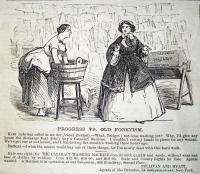
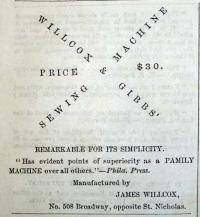
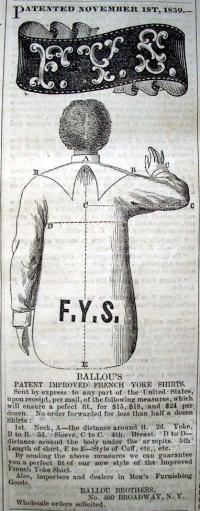
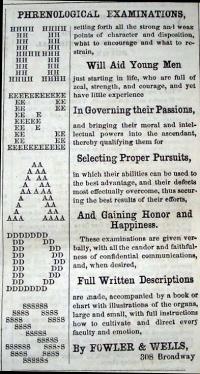
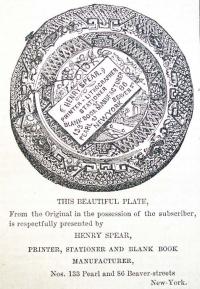
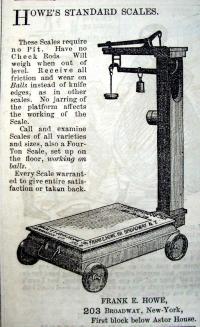
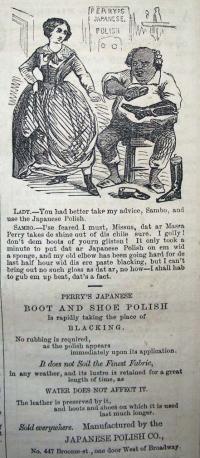
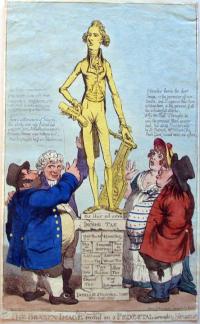

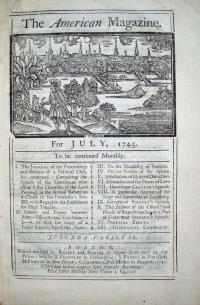
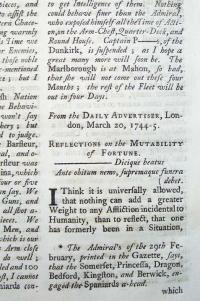
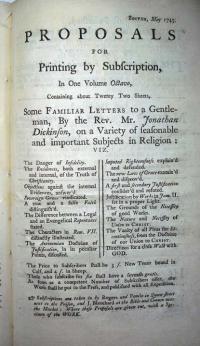
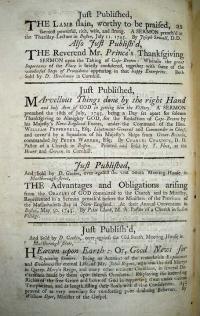
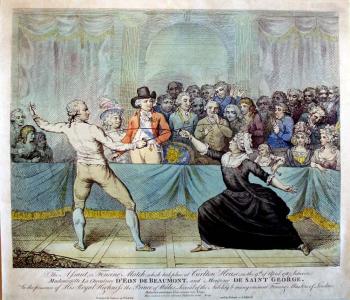

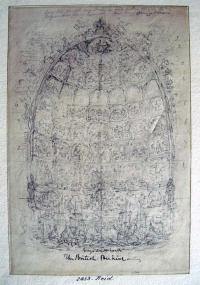
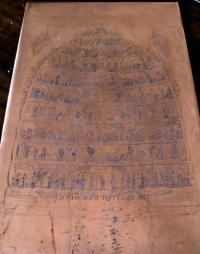
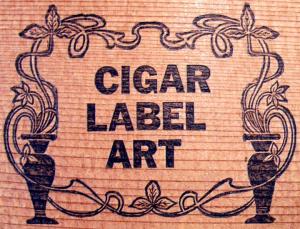

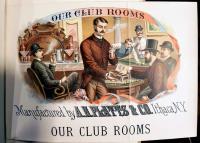
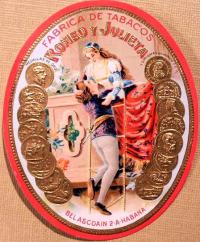

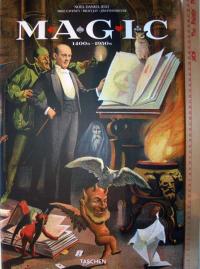
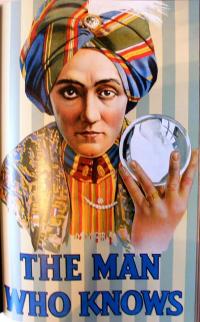
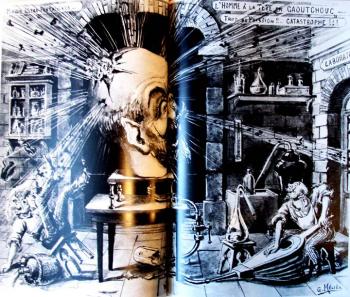
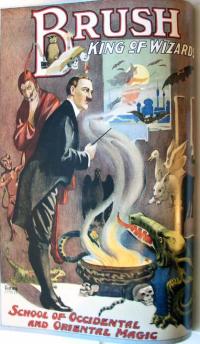
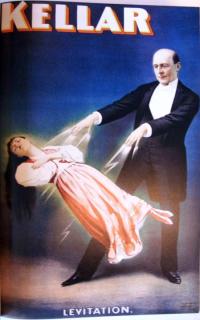

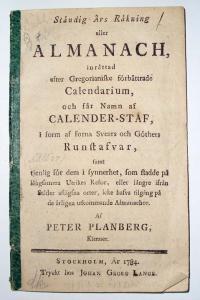
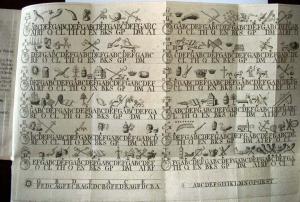

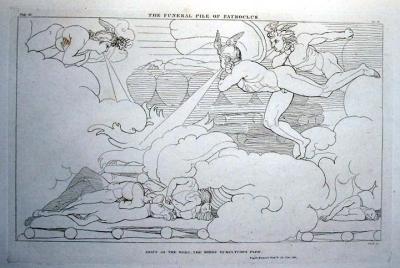
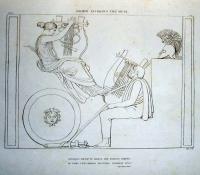

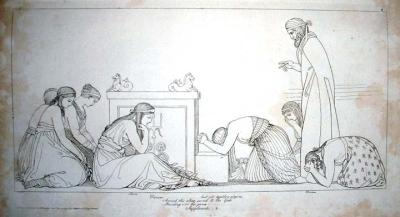

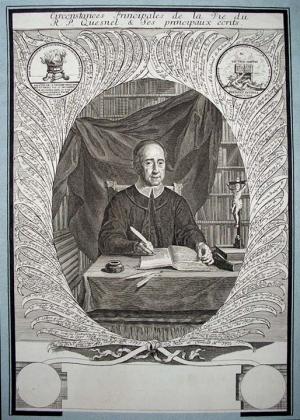


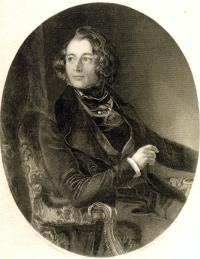
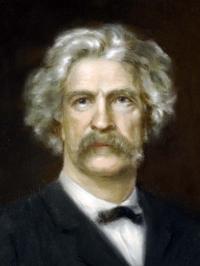

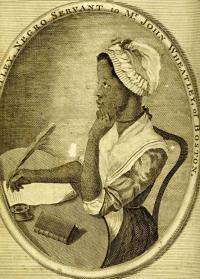
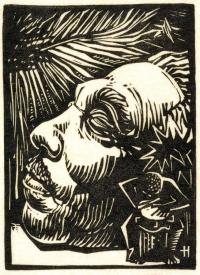
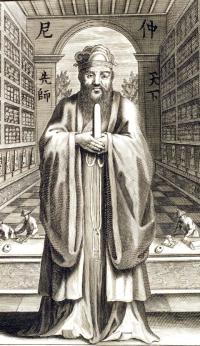
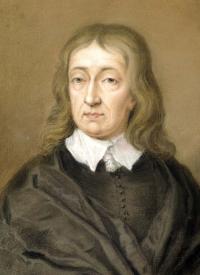
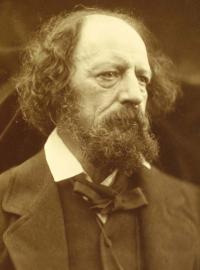
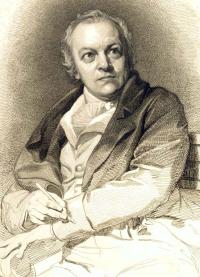
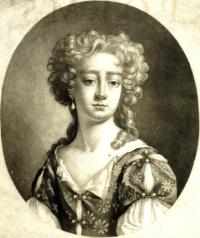
Recent Comments